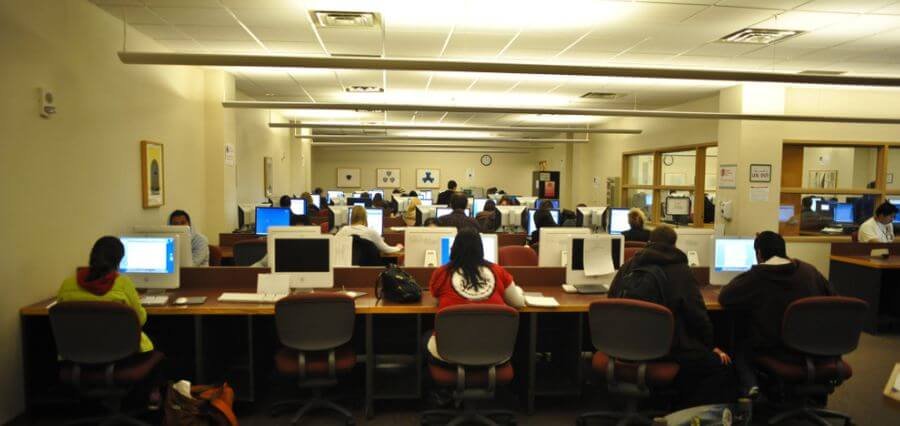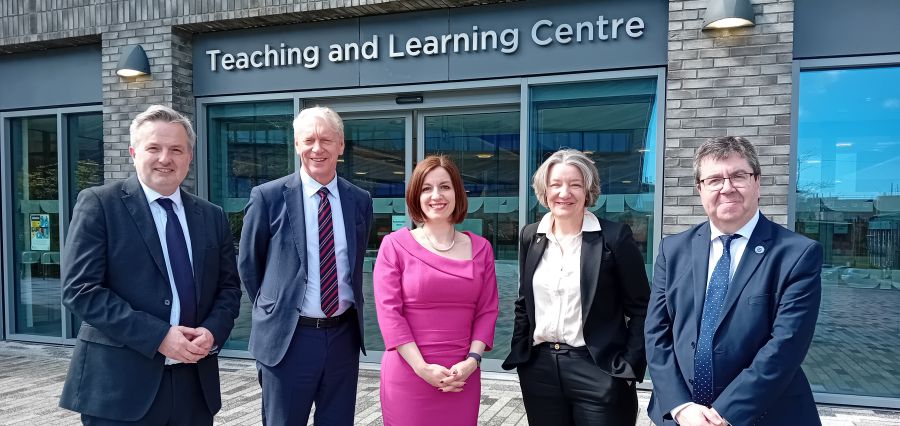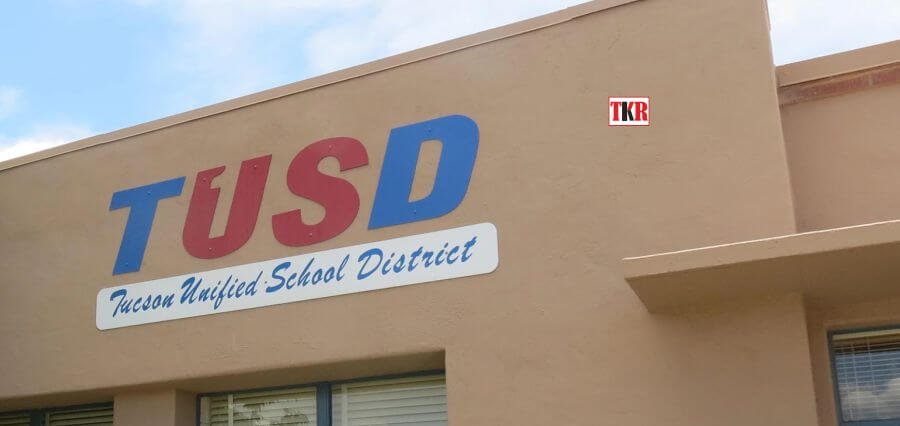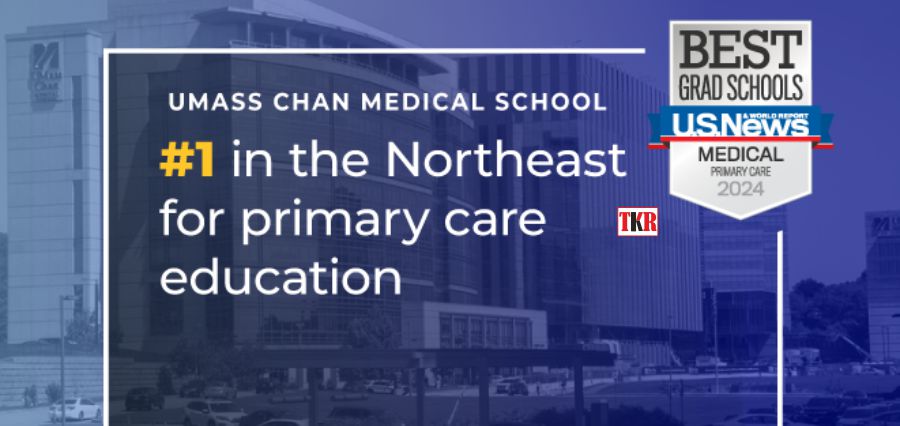Jason Osborne is a highly experienced leader in US higher education (HE) who has held leadership positions at Miami University, Clemson University, and The University of Louisville in his resume. His most recent leadership position is Special Assistant to President Greg Crawford at Miami University.
In this interview with The Knowledge Review, Jason uses the breadth of his leadership experience within HE to discuss how US institutions can meet the sector’s challenges.
Interview with Jason Osborne (Miami University)
Q: What are the key challenges facing HE institutions in the US?
Firstly, thank you, Deepak, for interviewing me. Much appreciated, and I hope this is useful for you.
Higher education in the US in 2023 faces challenges that reflect global pressures and internal stressors.
While working as Provost and in other HE leadership positions, I’ve seen the speed at which challenges have been coming for educational institutions in the US. Some, like the COVID-19 pandemic, were utterly unpredictable. Others, like the “demographic cliff” and reduced public funding for higher education, have been ongoing for decades. Yet it seems as though the rate of change has increased exponentially over the last decade or so, particularly since the pandemic hit.
Higher education faces many simultaneous, serious challenges. Yet as my colleague Brent Shock and I discuss in our recent Inside Higher Ed article, none of them are insurmountable if institutions are strategic and focus on their core mission and values. Let’s talk about a few that have been top of mind recently.

Q: In the US, are educators facing funding and financial resources cuts?
A significant issue for public higher education is chronic underfunding in the HE system. Underfunding combined with declines in net instructional revenue is hitting us hard. Thirty years ago, many public institutions received a majority of their financial resources from state funding, which allowed tuition at public institutions to be relatively low, keeping them very affordable for students like me.
However, in recent decades, many states have significantly reduced HE funding while expectations and costs for public institutions have risen. This is pushing more costs onto the students themselves. It’s unsurprising that we are seeing high school students and their families questioning whether a college or graduate degree will give them enough of a return on investment.
To be fair, many states still provide significant funding to public higher education. Those who have cut drastically often had to because of other pressing needs- underfunded retirement systems, health care, primary and secondary education, and infrastructure, to name just a few competing demands. HE leaders and faculties have to understand this funding is not coming back in any foreseeable future, and we must position our institutions to be resilient with other funding sources.

Q: Are US HE institutions struggling financially more than ever?
The impact of the COVID-19 pandemic could not have come at a worse time- and not just for public institutions, as many private institutions are also feeling the pinch of family concerns over cost, resulting in declining revenue from tuition at the same time that prices are increasing. Initially, we thought COVID would be a death blow for many institutions. However, thanks to generous support from federal and state emergency funds, many have weathered this crisis but still face an uncertain future. An increasing number of colleges and HE institutions must examine their business models, mission, and resource allocations as we consider whether impacts from the pandemic – like students wanting to stay closer to home and more interest in online education- might be with us for the foreseeable future.
We have also, like many countries, been experiencing declining birth rates. This was particularly drastic with the “Great Recession” of 2007-09, which has left us expecting a significant decline in high school graduates starting in 2025. Populations have also been moving around the US in recent decades, leaving some areas of the country with substantial student decreases while some have seen net gains in population. All of these changes have left many institutions under more financial pressure. Some have been forced to shut down, and while pundits have been predicting the widespread demise of higher education for decades, it does not seem likely that there will be a substantial wave of closures. I tend to be optimistic that most institutions will pivot and evolve successfully.
Yet institutions that fail to make significant efforts to balance their budgets and align expenditures with sustainable resources will undoubtedly face challenges moving forward.
Q: Are there any cultural shifts concerning the value of higher education in the US?
Along with cuts in funding and subsequent student uncertainty, we also have a substantial move toward questioning the value of HE among a significant proportion of the populace. I frankly find this perspective baffling, as the US has emerged as a leader in many sectors because we built an enviable system of higher education and made it available to a large swath of the population (although, indeed, we need to continue working to improve accessibility, especially for communities typically underserved by higher education).
It seems that there are groups, particularly some political leaders, within the US who have been pushing the narrative that higher education is not worthwhile, or perhaps worse, is “brainwashing” students with liberal arts. Ironically, most of these leaders make sure their children attend elite universities, as they know that a strong college or graduate degree is an effective path to success.
If leaders in HE continue to allow this message to continue being propagated without pushing back effectively, then we are allowing our society to continue devaluing higher education. We must be more active in these debates, presenting robust factual evidence showing higher education’s transformative, multigenerational beneficial impact.
Q: Any long-term impact from COVID-19 and its legacy on online learning?
The pandemic has added to how people view spending four years pursuing a traditional degree program on campus. This means there is a greater willingness to study in different ways, such as remote learning.
Enrolment was already falling for undergrads before the pandemic, but the enforced move to remote learning, accompanied by higher and higher costs, triggered a sharp decline. Whether this is a temporary reduction remains to be seen. At Miami University, we are seeing another year of record applications, and other universities are seeing similar increases while some are seeing significant declines. We also see international record enrolment at the graduate level nationally, so there are some signs of hope.
We are also seeing what may be an increase in student interest in the arts and humanities, which have been in decline for decades, due in no small part to the “return on investment” concern we mentioned earlier. Families tend to see professional degrees as having a higher return. Still, decades of evidence show that degrees in the “liberal arts” – science, mathematics, the arts, and the humanities- provide the skills many employers value with good long-term career prospects.
But back to online learning. At Miami University and Clemson University before it, I helped lead institution-wide efforts to expand online degree options, particularly for working graduate/professional students. It might be that to reach more students, especially those who do not live near campus or who work full-time, expanding options could help serve a more significant segment of the population. While many seem to talk about in-person and online education as either-or propositions, I tend to view them as valuable parts of a diversified portfolio of options. We need to meet students where they are, not where we are, and sometimes that means changing how we offer degrees. What it doesn’t mean is making those degrees less valuable or less high quality.

Q: How about entry to higher education? Are costs in the US still increasing?
Everything from room and board to tuition fees is going up constantly. Stats from the College Board show that fees for a private college (four-year degree) averaged $55,800 in 2021/2022.
For the same year at a four-year public college, costs came in at an average of $27,330. And while all institutions compete for a smaller number of high school students, we must spend more on amenities and services to lure students to campus. We also see more financial need – often because of the pandemic and current economic realities.
Given all this – declining resources, increasing expenditures and demands, and more uncertainty- we will likely see an increasing number of ‘crunch points’ for smaller institutions or those who have failed to realize that these changes are not going away soon.
With over 4,000 higher education institutions in the United States, one might think we can stand to lose a few hundred or a thousand without actual cost. Yet one of the strengths of our system as a whole is the vast diversity- from small colleges to massive universities, from rural to urban, and from private to public-funded. Losing large numbers of institutions would result in a diminished ability to serve the needs of the nation- and world.
Q: Why are institutions increasing costs?
Costs are increasing across everything from personnel salaries and benefits to utilities, infrastructure, IT systems, co-curricular activities such as sports and student organizations, regulation, legal fees, materials, and competition for students via marketing and increasing expectations for personal amenities on campus. As traditional revenue sources decline and competition increases, these costs will continue to rise.
Inflation has hit everyone recently, and many companies can simply increase the price of their products or reduce package size- effectively adapting. Higher education has relatively fixed costs- salaries, infrastructure, utilities, etc. Currently, competition means we cannot significantly increase tuition or fees, and thus we need to think about different revenue streams to meet budgetary needs.

Q: How can universities find ways to adapt and innovate?
Faculty members are essential to overall mission success and, of course, student success. Institutions must continue to prioritize faculty support, recruiting, and retention to succeed. Ultimately, implementing adequate support and retention efforts will lower costs associated with replacing retired faculty members or those that choose to go elsewhere.
There are many long-term benefits to investing in faculty members and supporting them through any professional challenges. Every faculty member is a precious asset within the academic domain to create the bright future students deserve.
While some institutions look to eliminate faculty positions and degree programs, we worked with faculty at Miami University to identify new investment opportunities. Thanks to faculty leadership, we created dozens of new degree programs that aligned with student interests and workforce needs, and many more have been refreshed through faculty innovation. This is likely one reason we see record applications- and declining discounting pressure.
One thing we did examine was how we used this most precious resource- faculty time. We encouraged departments to study how they scheduled courses, especially those with chronically low enrolment, to see if efficiencies could be found. This led to a significant improvement in faculty utilization while not reducing how we served students- a win for all concerned.
Q: What is the value of innovation and an entrepreneurial approach in education?
Higher Education leaders must adapt to this emerging environment decisively and innovatively. While serving Miami University as Executive Vice President for Academic Affairs and Provost, I was privileged to support and implement 30 recommendations from the MiamiRISE strategic plan. These included establishing a residential Honors College, a revision of the core curriculum to boost the value of sciences and liberal arts, and a thorough review of all undergraduate and graduate degree programs. As mentioned before, after we led all departments through a deep data-informed review of the degree programs, we invested in refreshing existing programs and establishing many more.
By properly using appropriate data points, we were able to support our faculty’s creative and entrepreneurial initiatives through our “Boldly Creative” investment fund. While extensive data sets can inform not all investments in higher education, one might be surprised by how much we can learn from some simple analyses of national or local trends. These include:
Q: How about new degree programs and investing in student support and success initiatives?
If informed by good data, refreshing degree offerings, and curricula can boost interest from applicants, as well as corporate partners, private donors, and industry links. Combining forward-thinking degree programs with the infrastructure necessary to meet the challenges of modern education will improve the overall student journey and help make your institution more resilient.
Investing in student success and support initiatives is not only the right thing to do for students and their families but can also go a long way toward improving the budget. Small nudges in student retention and success, supported by a thoughtfully-designed student success ecosystem, can offset possible reductions in enrolment, for example.
We did this at Miami University during the pandemic with great success. For example, by implementing a transformative strategic plan, we ensured Miami University is well set to meet the challenges ahead. A combination of bold investment decisions and targeted improvement of student success, access, and wellness combined to offset some obstacles faced due to the pandemic. One of our best investments was hiring the right leaders- people with a vision to implement best-in-class efforts that benefitted the entire university.
Q: Will sourcing new students from different groups in the US help?
A key growth area is for institutions to look outside traditional high school graduates for new students. In the US, just 35% of adults have a college degree, and just 12% have a graduate or professional degree. There are also an estimated 40 million adults who have started but have not completed a college degree.
That massive segment of the population represents an enormous opportunity to ensure our people are well-prepared to compete in a global job market that increasingly demands HE qualifications for career progression. Miami University has purposely positioned itself for success to serve a much broader audience than traditional HE institutions, and this is something that HE leaders should emulate.
One example of how Miami serves “less traditional” students is through our regional campuses, located in communities where traditional institutions have less well served. These open-enrolment campuses serve anyone interested in career-focused degrees, often offered through flexible formats (online and in person, for example).
Q: How can we be genuinely welcoming and supportive of every student?
While some segments of the population in the US are questioning the value of diversity and inclusion initiatives, HE institution leaders must recognize the importance of being welcoming and supportive of every student (they will no doubt experience multiple personal and professional challenges during their time at your institution) – including first-generation students, those connected with the military and those from typically underserved groups (students of color, women in traditionally male-dominated subject areas, working adults, etc.).
Regardless of your political views on this topic, it is tough to argue against opening your doors to more potential students and helping every student who enrolls succeed. It’s the right thing to do from a mission point of view, but it’s also an innovative business proposition.
At Miami University, through our DE&I strategic plan, we doubled diversity within the student body and faculty, which helps build resilience to meet future challenges. We are particularly proud that while we do not enroll the most students of color compared to other public institutions in Ohio, we graduate more than almost any other- meaning that more of our students are finding success and experiencing the transformative benefit of a college degree, but also meaning that our institution may have more future success in recruiting and retaining a diverse student body in a country rapidly becoming more diverse. This cannot do anything but help the institution remain resilient and robust.

Q: How do you dismiss the narrative that US university education is essential?
Higher Education matters, and decades of evidence show how many ways it positively benefits not just the student, but that student’s family, future generations, and community. It is the single best investment that young adults can make into their own life and future success and a very bright future. It is the single best investment that working adults can make to achieve graduate degrees.
We have decades of research demonstrating the personal, societal, and financial return on investment for HE. This is the narrative that leaders must grasp and convey far more successfully.
Promoting a positive (evidence-based) narrative probably needs to be part of the job description of leaders in higher education. We must have a national conversation about how education has built the dominant country we are today. To maintain this way of life, we must continue to value education.

About Jason Osborne of Miami University
Jason W Osborne is a highly experienced senior leader within higher education. He has served as former Miami University Provost during the highly challenging years of 2019 to 2022. Jason also has experience leading higher education faculties at other universities and working with the Miami faculty.
At Clemson University, Jason W Osborne was Dean of the Graduate School and Associate Provost for Graduate Education. At the University of Louisville, he was Department Chair and Professor. He was also a graduate program coordinator at North Carolina State University and Old Dominion University, a faculty member at the University of Oklahoma and Niagara County Community College, and a researcher at the University of Buffalo Medical School.
In conjunction with his work as a faculty member at Miami University, Jason W Osborne is the author of many books covering statistics, quantitative analysis, and quantitative research methods. Jason’s books include statistics, linear regression, simple and multiple regression, practical assessment, exploratory factor analysis, data analysis, data cleaning, educational psychology, and business analytics.
He is also an Accredited Professional Statistician and part of the American Statistical Association. Jason is in the top 2% of cited scholars in the US, a national leader in quantitative methods and applied statistics, and has had his work cited more than 36,000 times by practitioners and scholars worldwide.
Please visit his website for more information: Jason Osborne.









